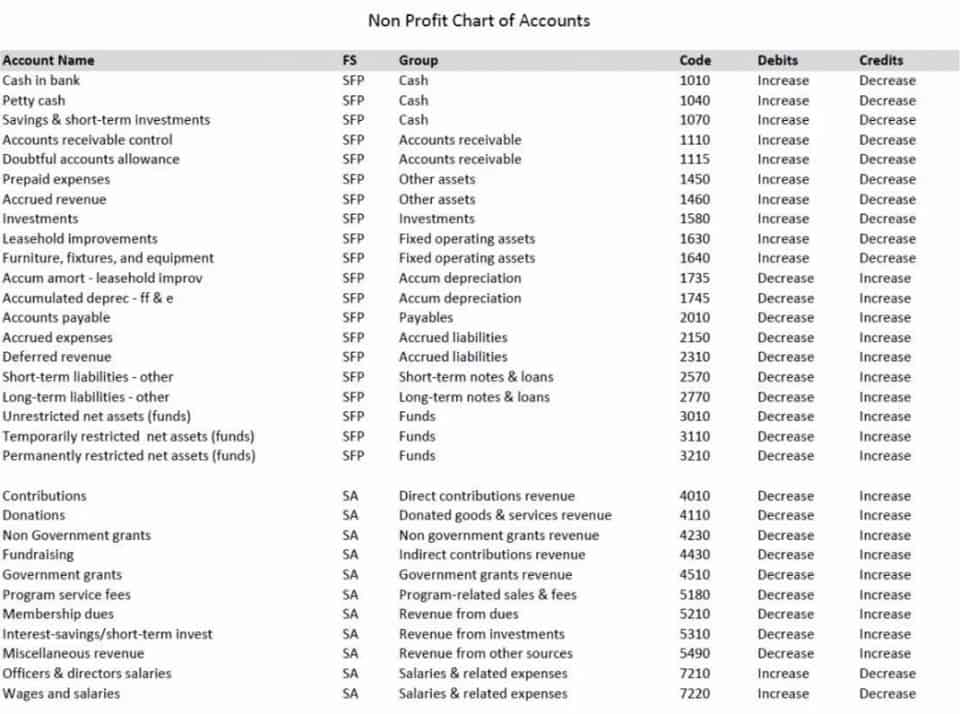Content

Depreciation is an accounting process by which a company allocates an asset’s cost throughout its useful life. Firms depreciate assets on their financial statements and for tax purposes in order to better match an asset’s productivity in use to its costs of operation over time. Under the generally accepted accounting principles (GAAP) for public companies, expenses are recorded in the same period as the revenue that is earned as a result of those expenses. In the case of an asset with a 10-year useful life, the depreciation expense in the first full year of the asset’s life will be 10/55 times the asset’s depreciable cost. The depreciation for the 2nd year will be 9/55 times the asset’s depreciable cost. This pattern will continue and the depreciation for the 10th year will be 1/55 times the asset’s depreciable cost.
A variation on this method is the 150% declining balance method, which substitutes 1.5 for the 2.0 figure used in the calculation. The 150% method does not result in as rapid a rate of depreciation at the double declining method. The formula used to calculate annual depreciation expense under the double declining method is as follows. The double declining balance (DDB) depreciation method is an approach to accounting that involves depreciating certain assets at twice the rate outlined under straight-line depreciation.
Importance of Double Declining Balance Method
The most basic type of depreciation is the straight line depreciation method. So, if an asset cost $1,000, you might write off $100 every year for 10 years. Even if the double declining https://simple-accounting.org/accounting-for-startups-the-ultimate-guide/ method could be more appropriate for a company, i.e. its fixed assets drop off in value drastically over time, the straight-line depreciation method is far more prevalent in practice.
How do you calculate decline in value?
Basically, you take the number 200 and divide it by the item's effective life. For example, 10 years, and express that as a percentage (200/10 = 20% in this example). The depreciation rate applies to the diminished value of the asset after it has been depreciated each year.
Whether you are using accounting software, a manual general ledger system, or spreadsheet software, the depreciation entry should be entered prior to closing the accounting period. You get more money back in tax write-offs early on, which can help offset the cost of buying an asset. If you’ve taken out a loan or a line of credit, that could mean paying off a larger chunk Brigade Outsourced Accounting for Small Businesses & Non-profits of the debt earlier—reducing the amount you pay interest on for each period. Suppose a company purchased a fixed asset (PP&E) at a cost of $20 million. For accounting purposes, companies can use any of these methods, provided they align with the underlying usage of the assets. For tax purposes, only prescribed methods by the regional tax authority is allowed.
Your income may become harder to predict
The beginning of period (BoP) book value of the PP&E for Year 1 is linked to our purchase cost cell, i.e. However, the management teams of public companies tend to be short-term oriented due to the requirement to report quarterly earnings (10-Q) and uphold their company’s share price. However, one counterargument is that it often takes time for companies to utilize the full capacity of an asset until some time has passed. Adam Hayes, Ph.D., CFA, is a financial writer with 15+ years Wall Street experience as a derivatives trader. Besides his extensive derivative trading expertise, Adam is an expert in economics and behavioral finance. Adam received his master’s in economics from The New School for Social Research and his Ph.D. from the University of Wisconsin-Madison in sociology.
- In the next step, we need to multiply the beginning book value by twice the depreciation rate and deduct the depreciation expense from the beginning value to arrive at the remaining value.
- Double declining balances are used to calculate the depreciation of an asset over its useful life in a method known as the double declining balance depreciation (DDBD) method.
- While you don’t calculate salvage value up front when calculating the double declining depreciation rate, you will need to know what it is, since assets are depreciated until they reach their salvage value.
- The articles and research support materials available on this site are educational and are not intended to be investment or tax advice.
- First, the rate is doubled, because the double declining method is being used.
- To create a depreciation schedule, plot out the depreciation amount each year for the entire recovery period of an asset.
